Nationality Russian Movement Realism Period Realism | Name Alexander Semionov Known for Painting Role Artist | |
 | ||
Died 1984, Saint Petersburg, Russia | ||
Alexander Mikhailovich Semionov (Russian: Александр Михайлович Семёнов; 18 February 1922 – 23 June 1984) was a Soviet Russian painter. He was a member of the Leningrad branch of the Union of Artists of Russian Federation, and regarded as one of representatives of the Leningrad School of Painting, most famous for his cityscapes.
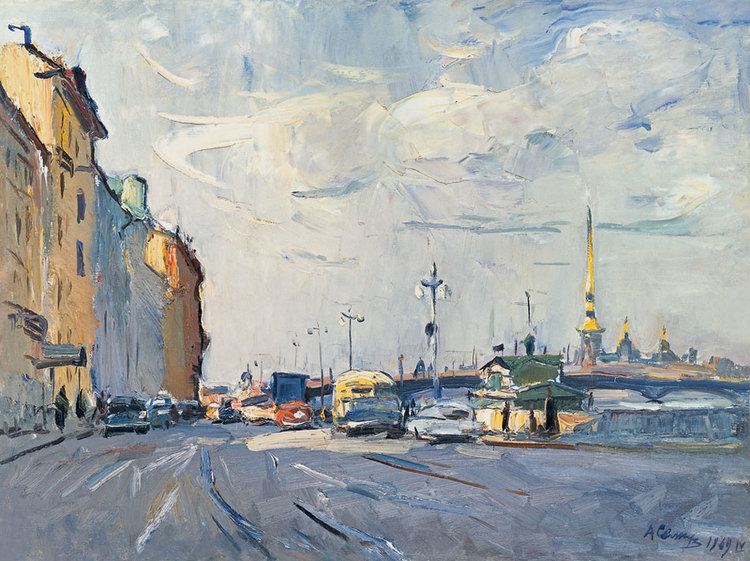
Biography
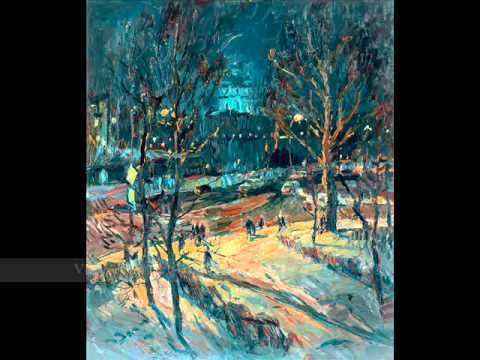
Semionov was born in Torzhok, Tver Oblast, Russia. In the mid-1930s his family moved to Leningrad. Having abilities to draw from the early age, Semionov entered Tavricheskaya Art School, where he studied under Alexander Gromov, Semion Bootler, Victor Oreshnikov, Vladimir Levitsky and Mariam Aslamazian.
In 1940 Semionov graduated from Tavricheskaya Art School. In 1940–1941 he worked as copyist at the LenIzo Leningrad Art Centre. In the Russian Museum he painted copies from works of Ivan Shishkin, Ilya Repin an Isaak Levitan.
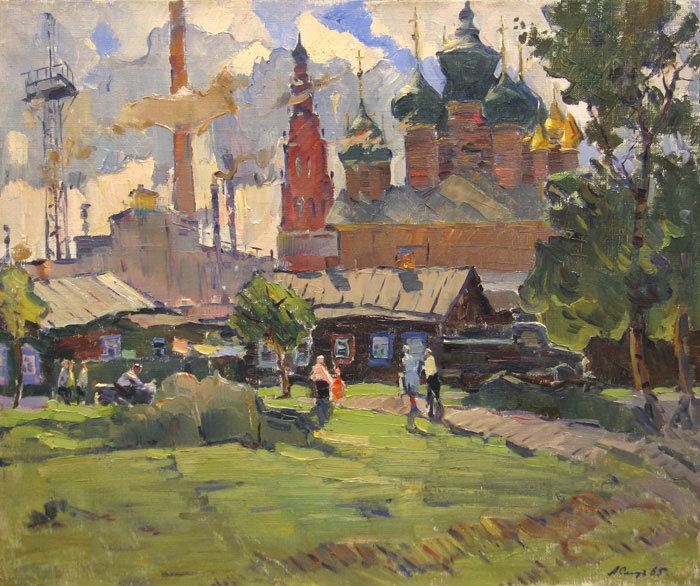
In 1941, Semionov went to the front as a volunteer, passing through all the trials of wartime from beginning to end. After that he returned to work in LenIzo as a painter, gradually restoring and improving his professional skills. He painted from life in such picturesque suburbs of Leningrad as Rozhdestvenno, Wyra, Daymische, where from the late 1940s to the early 1950s settled Leningrad artists Piotr Buchkin, Nikolai Timkov, Yuri Podlaski, George Tatarnikov, and others.
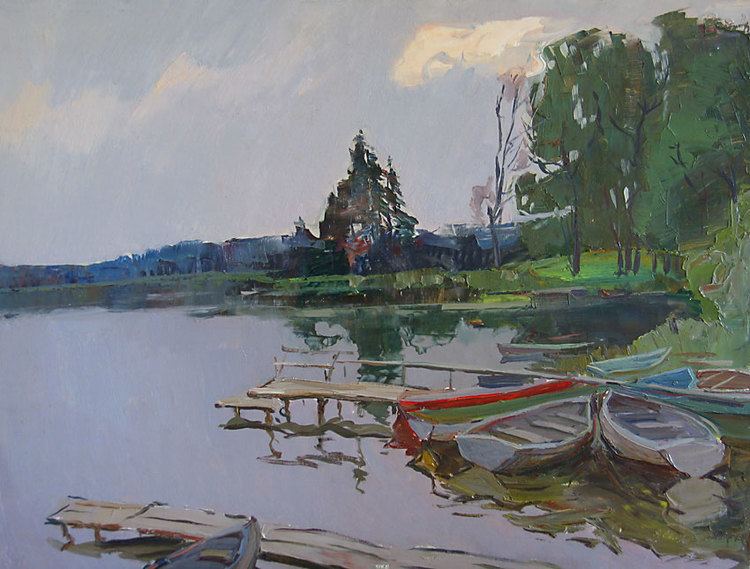
Since 1954, Semionov started to show his work on the exhibitions of Leningrad artists. These were sketches brought back from trips to the Ural and Altai: Altai Province. Shebalino District, and Altai. At the Seshinsky Pass (both 1954), Blacksmith workshop (1956), At the Chusovoy Plant, Rolling workshop (both 1957), and others. In these sketches traced the taste and great abilities of the artist to plein air painting, his ability for composition, for quickly grasp and transferring the lighting on canvas.
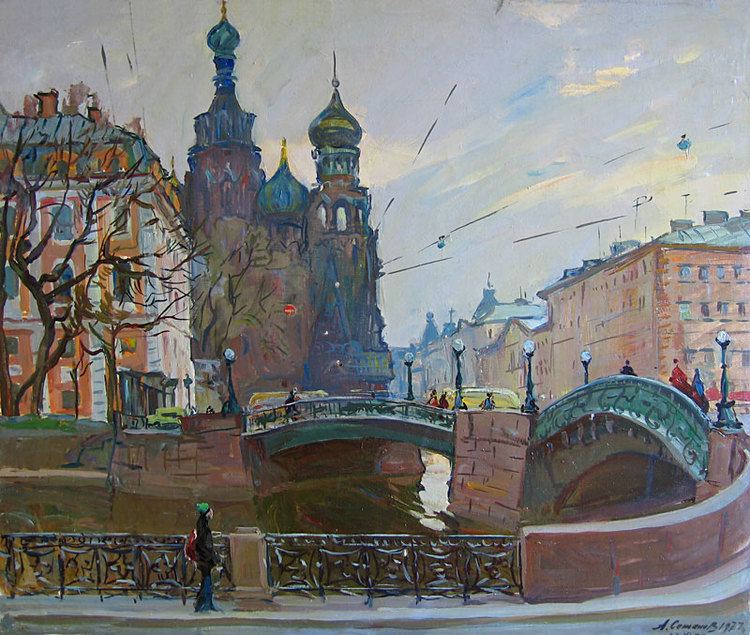
In 1957, Semionov was admitted to the Leningrad branch of Union of Artists of Russian Federation. In the same year as one of the leading painters of Leningrad, Semionov participated in the All-Union Art Exhibition in Moscow dedicated to the 40th anniversary of the October Revolution.
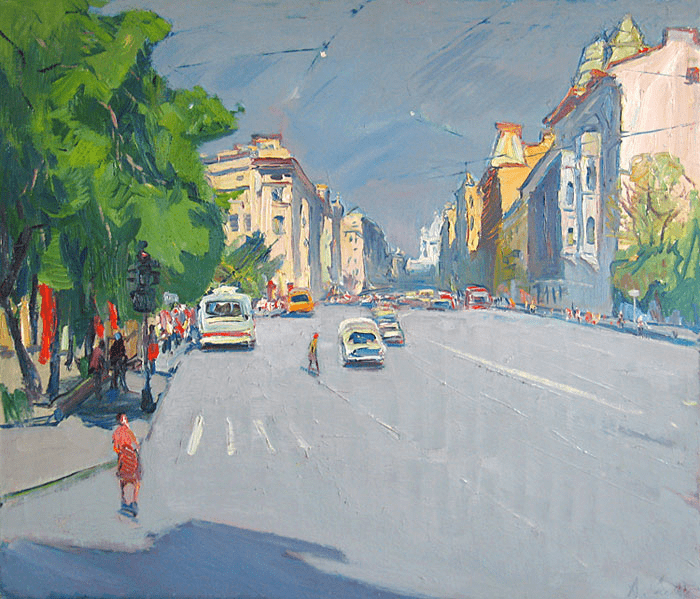
Early successes encouraged Semionov to further creative exploration, establishing the main theme of creativity specific to his temperament and painterly talent. Since the late 1950s it became the urban landscape, a favorite theme – streets, bridges, and embankments of Leningrad. Semionov embodied it in countless sketches and paintings, and made a significant contribution to the contemporary iconography of Leningrad. Among his works shown at the exhibitions were A Rainy Day (1958), After the Rain (1960), Leningrad in the morning (1969), The Moyka River, Isaaсievskaya Square, Leningrad. Winter motive (all 1961), Winter Park" (1961), On the Neva River (1964), The Leningrad and A Field of Mars (both 1975), Kirovskiy Prospect (1965), The Leningrad (1967), Furmanov Street in Leningrad (1976), and others.
From 1950–1970, in search of material for his paintings, Semionov, in addition to trips to the Altai and the Urals, repeatedly worked in the House the work of artists in Staraya Ladoga, and visited the ancient Russian towns Torzhok and Rostov the Great. There he painted the ancient corners of the Tver region, keeping the cherished images of childhood and youth of the artist.
To the middle of 1960 there is a characteristic style of painting of Semionov, his favorite themes and methods of their development. In cityscapes he aspires to transfer the sensation of street, movement, to keep on a canvas the peeped scenes of a city life. The great attention he gives to light and shadow contrasts and plain air effects, to transfer volumes of urban spaces. The artist liked to paint Leningrad in rainy weather, masterly transferring game of color stains on wet asphalt.
Semionov's paintings are distinguished by finesse plain air, bright saturated colors and accurate transfer of tonal relations. Generalized drawing with a brush along with the active use of palette knife made of various texture painting, and allow the artist to achieve unity of artistic conception and its realization on canvas.
In 1970–1980 Semionov was regarded as a leader of Russian cityscape painting. He created a truthful image of a modern Leningrad. Some of his paintings are now perceived as literary evidence of the recent era: brightly colored flags and banners, bunting Nevsky (Nevsky Prospekt in Holiday, 1970), the familiar streets, retaining its appearance in the paintings of the artist (Malaya Sadovaya street, 1979).
In the 1970s Semionov's paintings were presented at the exhibitions of Soviet art in Japan, and in the 1990s at the auctions and exhibitions of Russian art in France, Italy, the UK, and the US.
Semionov died on 23 June 1984 in Leningrad at the age of sixty-three.
In 1987, in the exhibition halls of the Leningrad Union of Artists held an exhibition of the works of Semionov, shown later in the cities of Leningrad region. His paintings reside in art museums and private collections in Russia, Japan, the US, England, France, and throughout the world.
